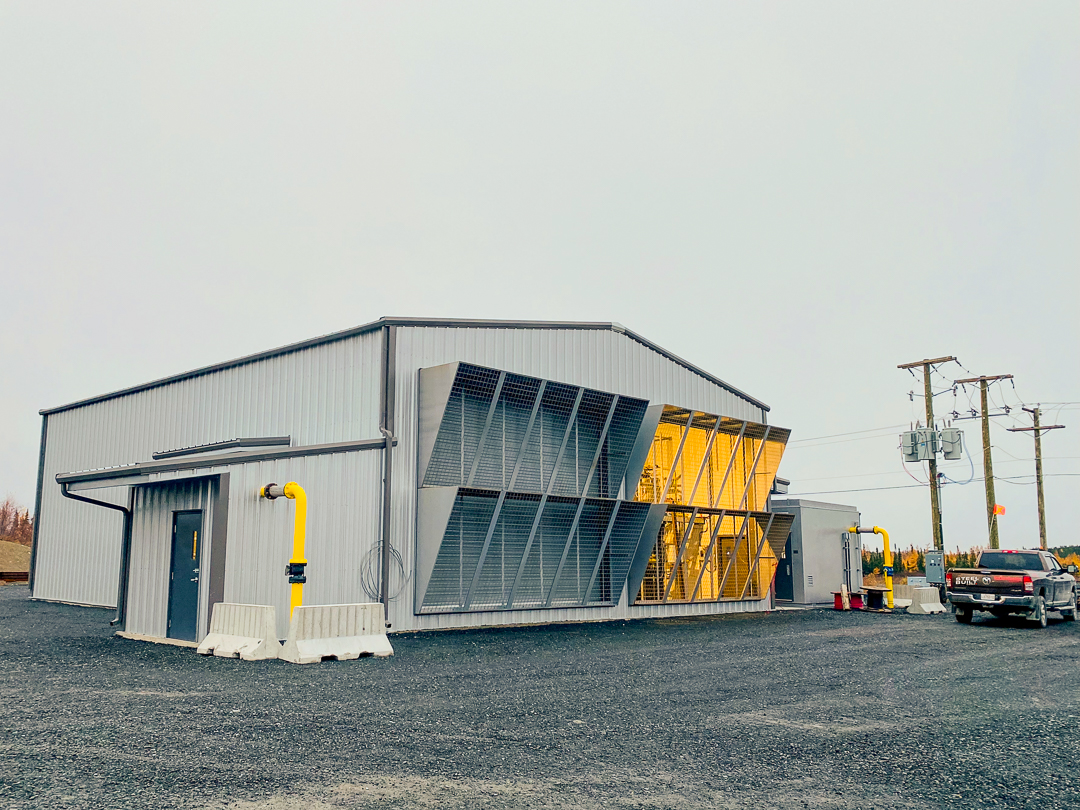
Agricultural buildings play a crucial role in the modern farming landscape, serving as essential structures that contribute to the efficiency, sustainability, and overall success of agricultural operations. These buildings have evolved over time, adapting to advancements in technology, changing environmental considerations, and the growing demand for food production. In this article, we will explore the diverse functions, types, and significance of agricultural buildings in contemporary agriculture.
Historically, agricultural buildings were primarily simple structures designed for basic storage and shelter. Over the years, as farming practices advanced, so did the need for specialized buildings to accommodate various aspects of agricultural production. The evolution of agricultural buildings can be traced back to the transition from subsistence farming to more intensive and commercial farming practices during the Agricultural Revolution.
One of the earliest types of agricultural buildings was the traditional barn, which served as a multipurpose structure for storing hay, grains, and livestock. As farming practices became more specialized, so did the buildings. Silos were introduced to store and protect grains, while specialized structures like poultry houses and dairy barns emerged to cater to specific livestock needs.
In the 21st century, agricultural buildings have become highly specialized, catering to the diverse needs of modern farming operations. These structures are designed to enhance efficiency, promote sustainability, and provide optimal conditions for various aspects of agricultural production. Some of the key functions of modern agricultural buildings include:
In recent years, there has been a growing emphasis on sustainable and environmentally friendly farming practices. Agricultural buildings have not been exempt from this shift, and many farmers are adopting eco-friendly designs and technologies to reduce their environmental impact. Green building materials, energy-efficient systems, and waste management strategies are increasingly being integrated into the construction and operation of agricultural buildings.
Advancements in technology have revolutionized the agricultural sector, and agricultural buildings have not been left behind. Smart farming practices involve the integration of sensors, automation, and data analytics to optimize various processes. Agricultural buildings equipped with smart technologies can monitor and control environmental conditions, automate feeding and watering systems, and enhance overall operational efficiency.
While agricultural buildings have come a long way in meeting the evolving needs of modern farming, challenges still exist. Economic constraints, changing weather patterns, and the need for increased food production pose ongoing challenges for farmers and the agricultural building industry. Future trends may include further integration of renewable energy sources, precision agriculture technologies, and innovative building designs that prioritize both functionality and sustainability.
Agricultural buildings have undergone a remarkable evolution, from simple barns to technologically advanced structures that play a vital role in modern farming practices. These buildings are not merely shelters; they are integral components of a complex system that ensures the efficient production, processing, and storage of food. As agriculture continues to evolve, so too will the designs and functions of agricultural buildings, contributing to the sustainability and resilience of the global food supply chain.
… [Trackback]
[…] Read More on that Topic: qasautos.com/importance-of-agricultural-buildings-in-modern-farming-practices/ […]
… [Trackback]
[…] There you will find 41547 more Information on that Topic: qasautos.com/importance-of-agricultural-buildings-in-modern-farming-practices/ […]

WhatsApp us